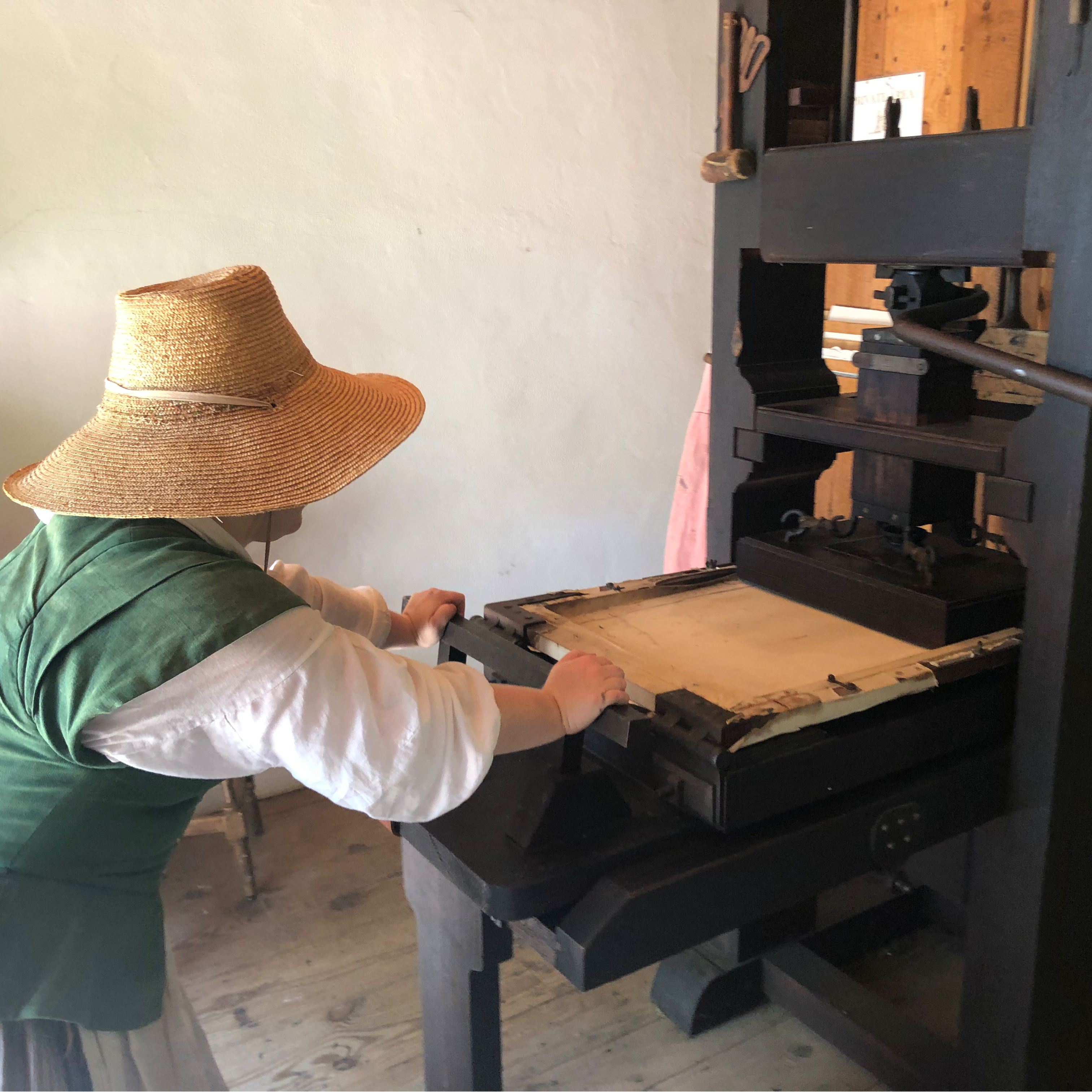In the Waldorf method of teaching the alphabet, you choose something for each letter that starts with the letter and is also the shape of that letter!
U is for UNDERGROUND
nature walk - visit garden
- observe green tomatoes, seedlings in straw bale cold frame (red and green lettuces, beets, parsnips, radishes), persimmons ripening and falling off the trees
dig in garden soil to find worms
use trowel, shovel
practice right foot and left foot with shovel, jump on it with both feet
observe worms, snails, roots of plants
feel worms, find different sizes and kinds of worms
when a worm is partly in and partly out of a soil clump, pick up the clump and break it apart to reveal the worm and see how he digs tunnels
snack break
classroom routines - feed rabbit a carrot, brush him
art - make clay worms by rolling self-hardening clay between your hands until it is long and thin, then fold into a W shape
story - read Tillie and the Wall by Leo Lionni
main lesson book
- add W (worm) and U (underground) to MLB using block beeswax crayons
on practice paper, adults draws W with yellow beeswax crayon
child traces over it with red
child practices drawing W on his own
in MLB, draw W worms in yellow, child traces it in red
on practice paper, adult draws U with yellow beeswax crayon
child traces over it with blue
child practices drawing U on his own
in MLB, draw U underground in yellow, child traces it in blue
play - go outside and throw a ball in a U shape (underhand)
MATERIALS:
- garden soil, worms, trowel and shovel
self-hardening clay, newspapers, bowl of warm soapy water, towels for drying hands
main lesson book, block beeswax crayons in the primary colors, practice paper
ball for throwing
Tillie and the Wall by Leo Lionni






 Immersive Experience
Immersive Experience Immersive Experience
Immersive Experience








1 comment:
Wonderful! An interesting thing about < W > and < U > is that they have a special relationship. They share this relationship to V as well. In the Roman alphabet, There was a letter that looked like < V > but represented both /u/ and /w/. It represented both vowel and consonant. When the English adopted the Latin alphabet they didn't have any use for the Roman graphemes < VV > and < UU > Doubling the letter indicates a longer production of the vowel. Therefore, they created W ' double U ' . < U > stayed as a vowel, and < V > took on a new representation.
Post a Comment